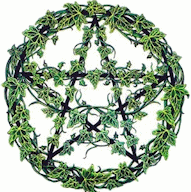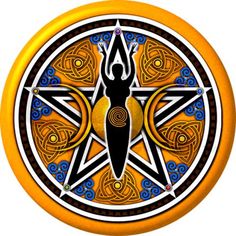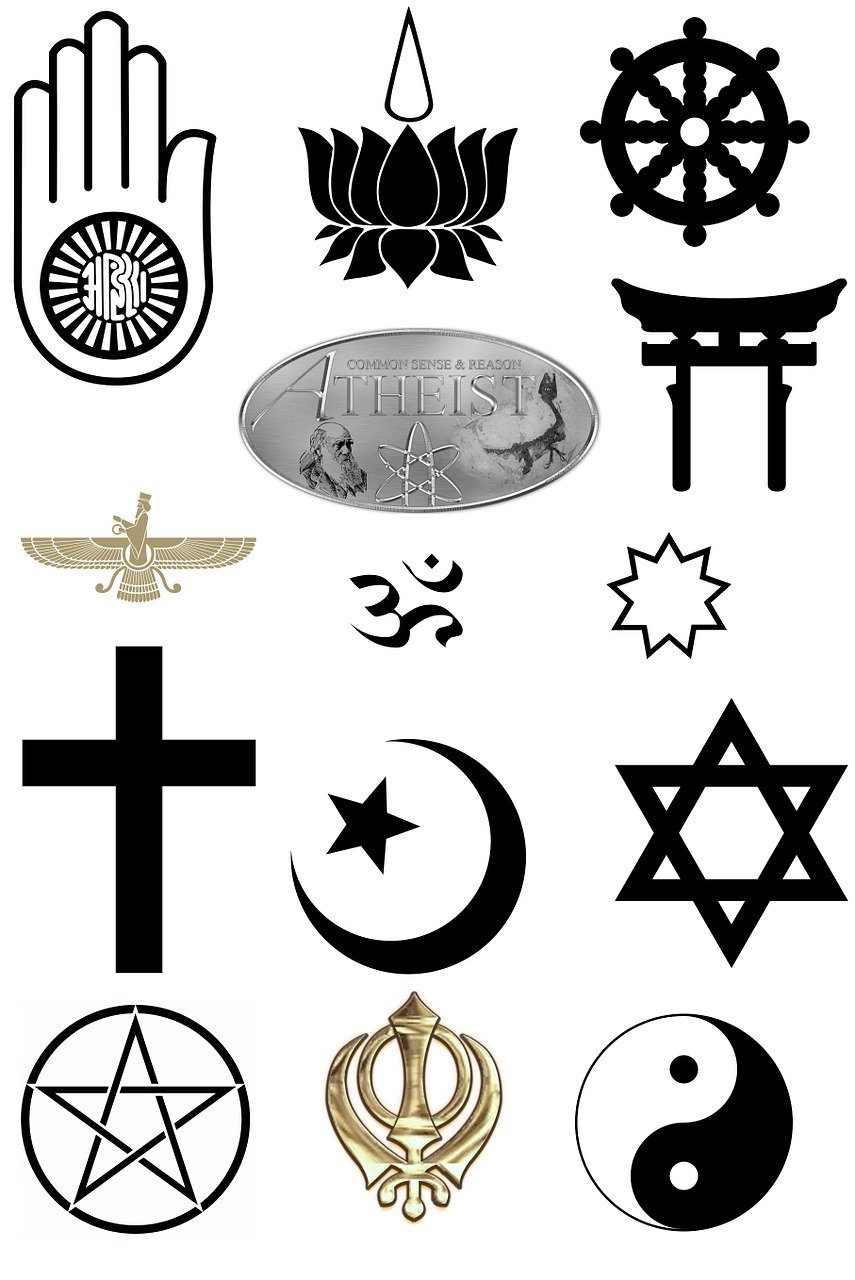The history of Wicca begins with a book published by Margaret Murray in 1921. The Witch-Cult in Western Europe explored the idea of a goddess cult that has existed since pre-Christian times in Europe. Although there is little to no evidence to support her theory, the idea of witch persecution during medieval times remains a strong mythology among witchcraft practitioners today.
Murray’s theories heavily influenced the first modern book about witchcraft published in England, Gerald Gardner’s 1954 work, Witchcraft Today. Gardner claimed to have learned witchcraft from the New Forest Coven, which he said he joined in 1939. There is, however, some evidence that this coven may not actually have existed.
In addition to Murry’s goddess cult, Gardner’s witchcraft was influenced by Alistair Crowley’s books on Thelema and Satanism, as well as earlier spiritualism and Celtic revivals. Gardner never referred to his religion as Wicca, calling it “Traditional Witchcraft” or “the Old Religion”.
In the 1960s and 1970s, several others created their own versions of this religion, most of them calling it Wicca. These include Alexander Sanders’ Alexandrian Wicca and Victor and Cora Anderson’s Feri tradition in the 1960s, Raymond Buckland’s Seax-Wicca in the 1970s, Dianic Wicca founded in 1971 by Zsuzsanna Budapest, and the Reclaiming Tradition described by Starhawk in her 1979 book Spiral Dance.
A new generation of Wicca was created when Scott Cunningham published Wicca: A Guide for the Solitary Practitioner in 1988. This extremely popular work described a method for practitioners to begin studying Wicca without having to join a Coven. This sparked a huge market for books on Wicca and Witchcraft, leading to hundreds of works published on the subject.



